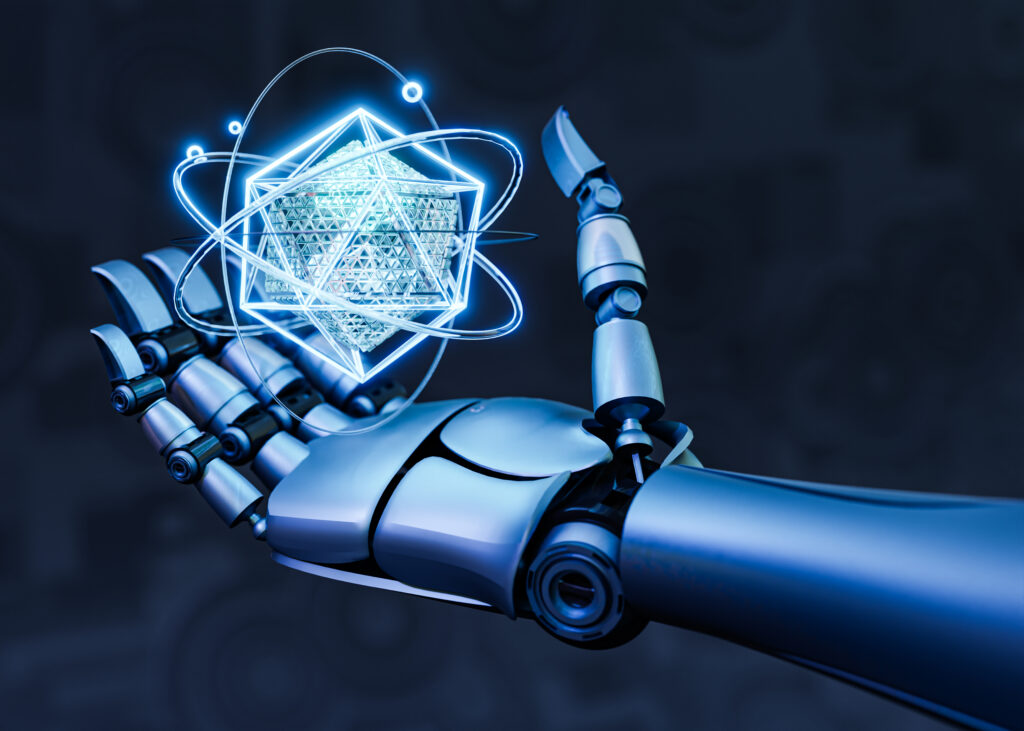The world is pushing hard for automation. There is a general trend of automation that assimilates new technologies to improve workflow, create a new business model and increase productivity and efficiency of a business setup.
2022 will likely see a paradigm shift in the rapidly evolving field of technology innovation as cutting-edge businesses adopt an innovative approach. An automated layer will be added to the top of their application stack as part of this plan. This revolutionary strategy might completely rethink how companies run, simplify procedures, and increase productivity.
Industry 4.0 is already becoming mainstream with a heavy emphasis on automation. The aim is a fully automated and thoroughly connected business ecosystem fueled by the latest advancements in technology. The new automation technologies are, in fact, profoundly impacting the whole business setup across industries.
The centralization of information, data collection, and analysis, communications, machine-to-machine interactions, and virtual reality are all being employed to develop an autonomous infrastructure with minimum human intervention while achieving maximum efficiency.
Apart from these developments, 2022 will witness a new trend – businesses adding an automation layer at the top of their application stacks. Let’s investigate the salient features of this trend:
Strategic Automation Integration:
It is projected that top-tier businesses would proactively incorporate automation into their application stacks. Because time-consuming and repetitive procedures are automated, this improves efficiency while also streamlining processes.
Enhanced User Experience:
The automation layer’s ability to automate repetitive interactions and transactions is anticipated to improve the user experience. A more responsive application interface overall, along with quicker reaction times and lower latency, can result from this.
AI and Machine Learning Integration:
It is likely that the automation layer will use AI and machine learning to make wise choices. Predictive analytics for corporate insights and tailored user experiences based on personal preferences are two examples of this.
Agile Adaptability:
The automation layer’s purpose is to give businesses flexibility and agility. This entails having the flexibility to adapt quickly to shifting company needs and making sure that automation continues to spur innovation rather than serve as a static answer.
Cybersecurity Measures:
Cybersecurity protections are anticipated to be of the utmost significance as robotics forms a key component of the application stack. To protect delicate data as well as guarantee conformity, it will be necessary to set up strong security techniques within the automation layer.
Automation Layer At the Top of Application Stacks
Although the continuous development of software and digital applications has streamlined the workflow, the organizational and business models still need refining, particularly with the application stacks that employees have to juggle to do their work.
Furthermore, the growing competitiveness of automated structures and business models focused on the continuous optimization of business processes is also pushing companies towards automation of business processes.
Digital transformation has restructured the ways in which companies organize processes and activities; however, large enterprises still have to keep up with over a hundred different applications to get the work done.
The juggling of employees from one application to another wastes precious time which otherwise can be utilized in more productive work. It results in a huge loss of productivity efficiency.
But companies are now addressing the issue by adding a layer of automation to their enterprise applications. This way, automation can bridge employees and applications, performing several repetitive and time-consuming tasks like imputing data from one system to another.
The new automation layer will allow employees to be more productive and companies to streamline their workflow through centralized management and reusability.
Once a company establishes an automation layer on top of its IT solution stacks, it can easily implement an automation-only approach that smoothly takes on labor-intensive, manual processes. It will free the employees from repetitive tasks, which will allow them to focus their attention on more productive work.
Final Thoughts
Modern businesses are demonstrating their dedication to efficiency and creativity by placing an automation layer at the top of the application stack as they prepare for the opportunities and challenges of 2022. This calculated action represents a transition to a more flexible, interconnected, and intelligent corporate environment in addition to a technological advancement. This new automation era promises to completely transform how businesses run, paving the way for higher output, better user experiences, and long-term success in the ever changing digital market.



